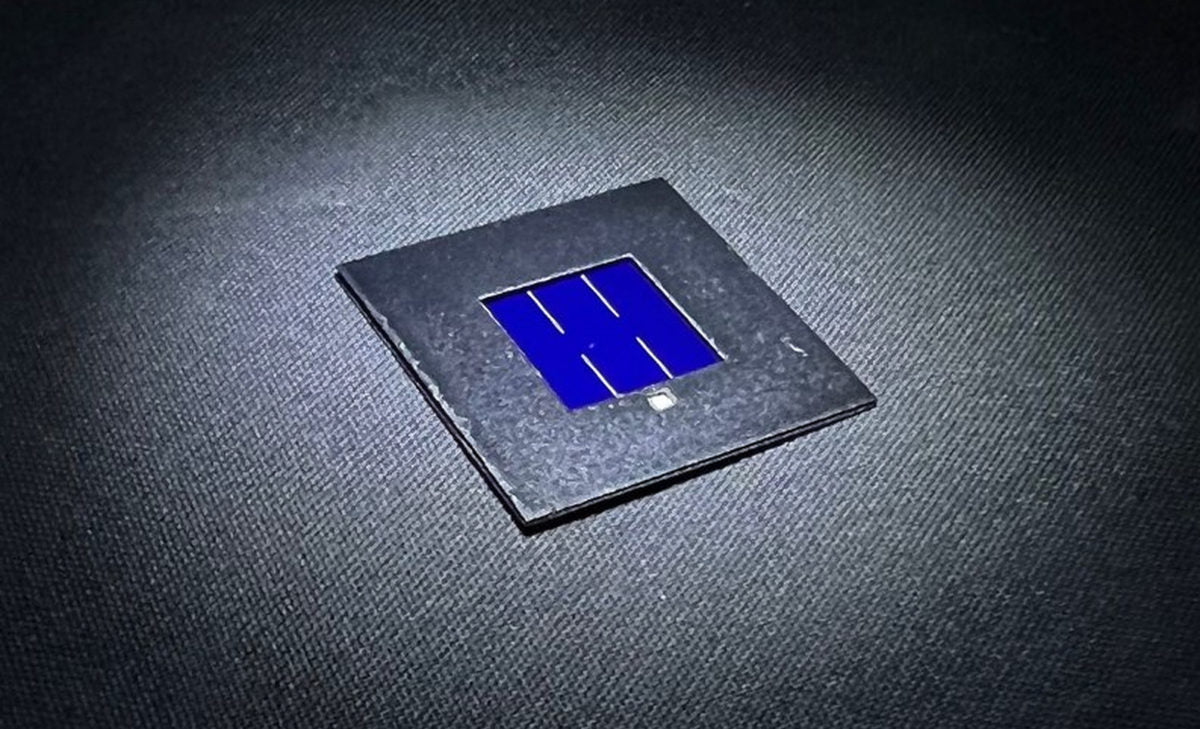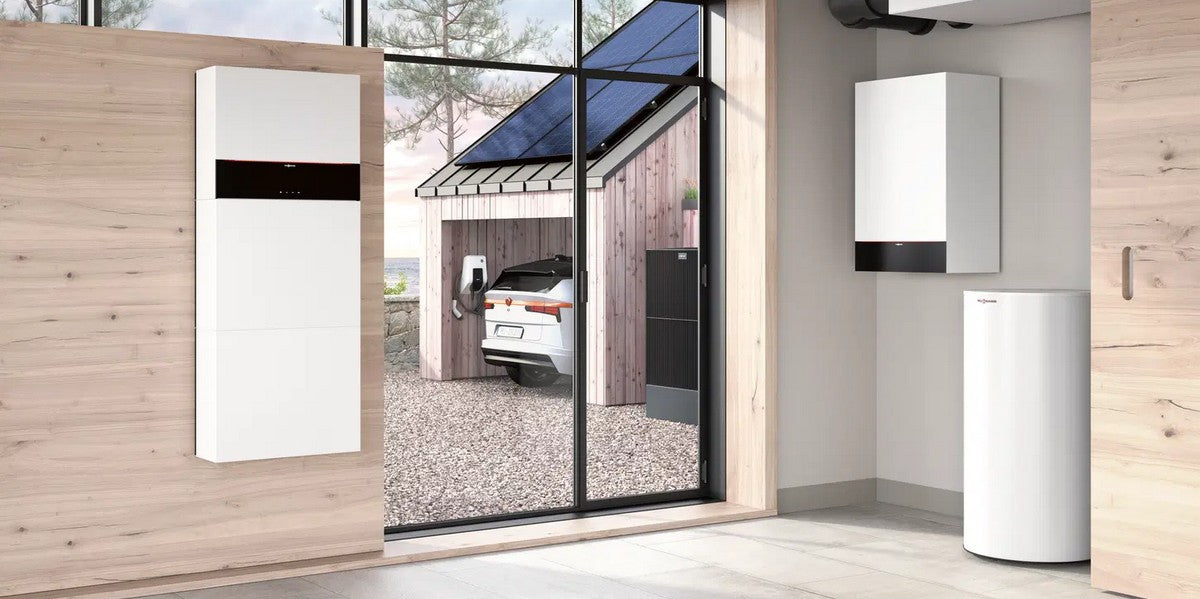https://www.pv-magazine.com/2023/04/13/kaust-claims-33-2-efficiency-for-perovskite-silicon-tandem-solar-cell/
KAUST claims 33.2% efficiency for perovskite/silicon tandem solar cell

Perovskite/silicon tandem solar cell
Image: KAUST
Scientists led by Saudi Arabia’s KAUST have achieved a power conversion efficiency of 33.2% for a perovskite-silicon solar cell. KAUST Professor Stefaan De Wolf made the announcement on the university's LinkedIn account.
“Glad to announce we obtained a certified power conversion efficiency of 33.2% for our monolithic perovskite/silicon tandem solars cells developed at the KAUST Solar Center,” he said. “With this, perovskite/silicon tandems are now the most efficient two-junction solar cell technology under standard illumination conditions, even better than III-Vs.”
Wolf said that the result has been certified, but he did not identify the certifying entity.
“The 33.2% efficiency was just added to the NREL chart,” he told pv magazine. “The cells are indeed a further improvement on our previous devices.”
Popular content
In January, KAUST announced a power conversion efficiency of 28.1% for a perovskite-silicon tandem solar cell based on textured silicon wafers. In August 2022, it claimed a 26.2% efficiency for a monolithic perovskite-silicon tandem photovoltaic device.
In December 2021, KAUST researchers achieved a power conversion efficiency of 28.2% for a tandem solar cell with an area of around 1 cm2, based on an n-i-p perovskite stacked on top of a silicon heterojunction.
The same research group recently announced an inverted perovskite-silicon tandem solar cell with a 1 nm interlayer based on magnesium fluoride (MgFx) placed between the perovskite layer and the hole transport layer (HTL), in order to reduce voltage losses.
This content is protected by copyright and may not be reused. If you want to cooperate with us and would like to reuse some of our content, please contact: editors@pv-magazine.com.



